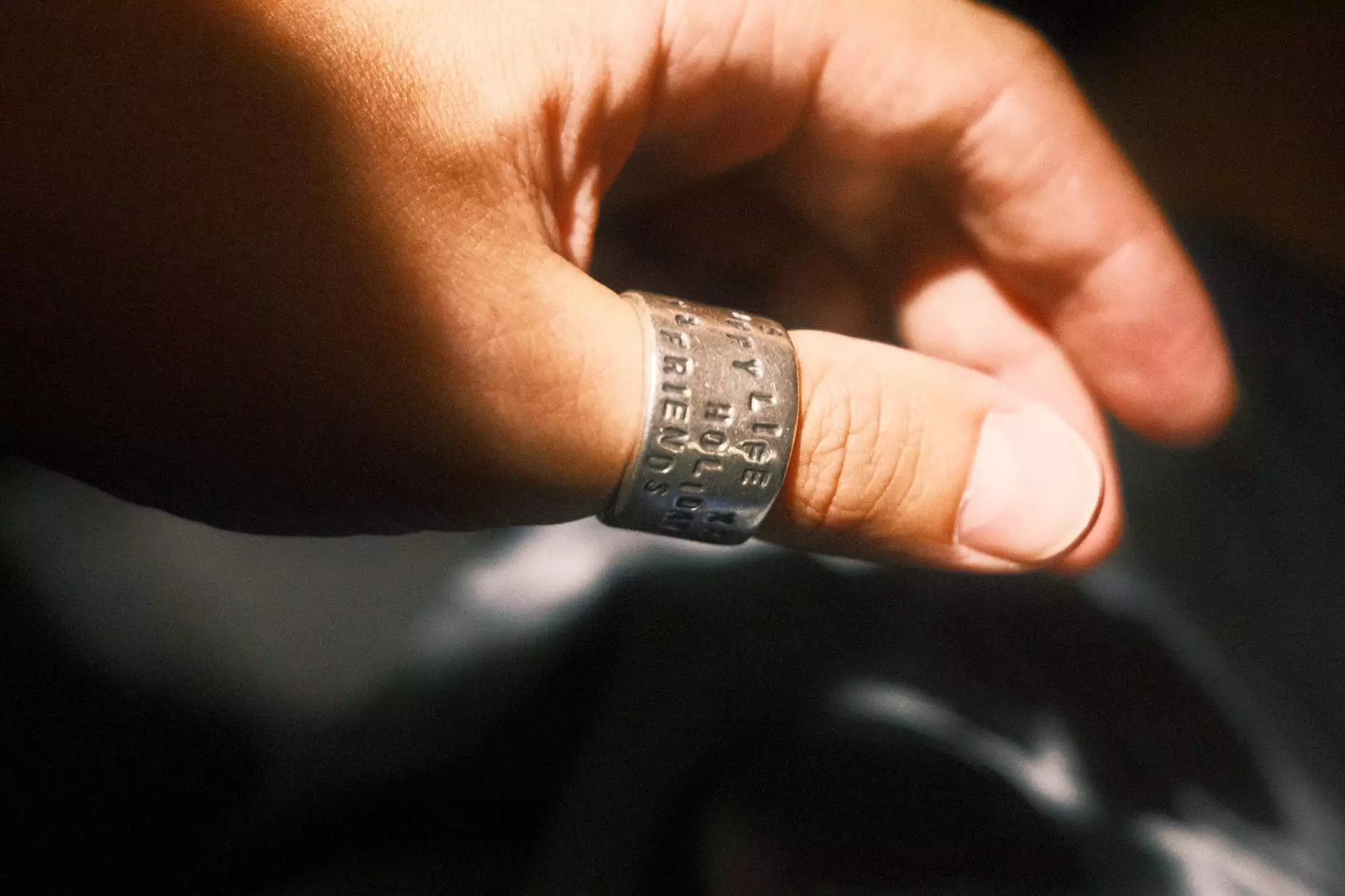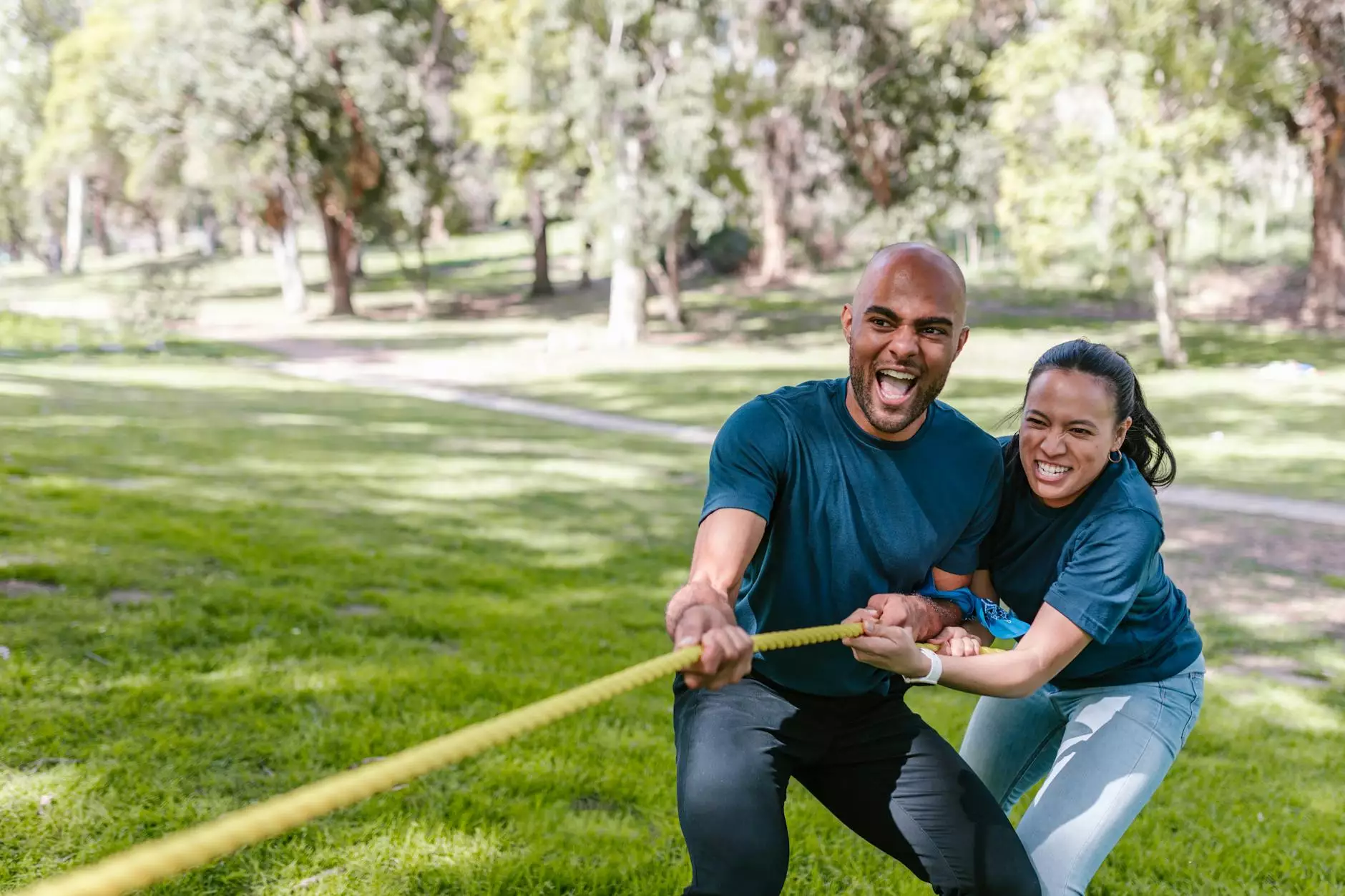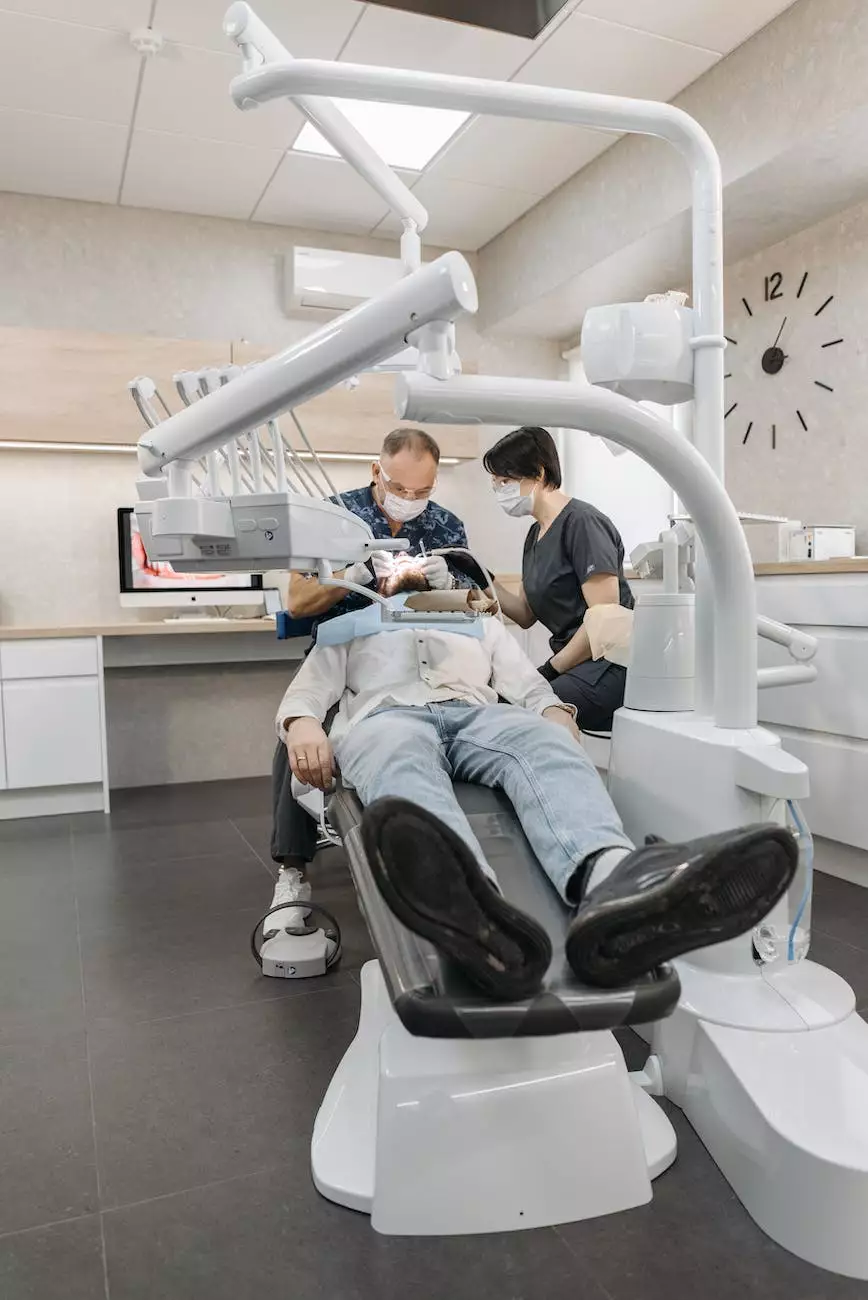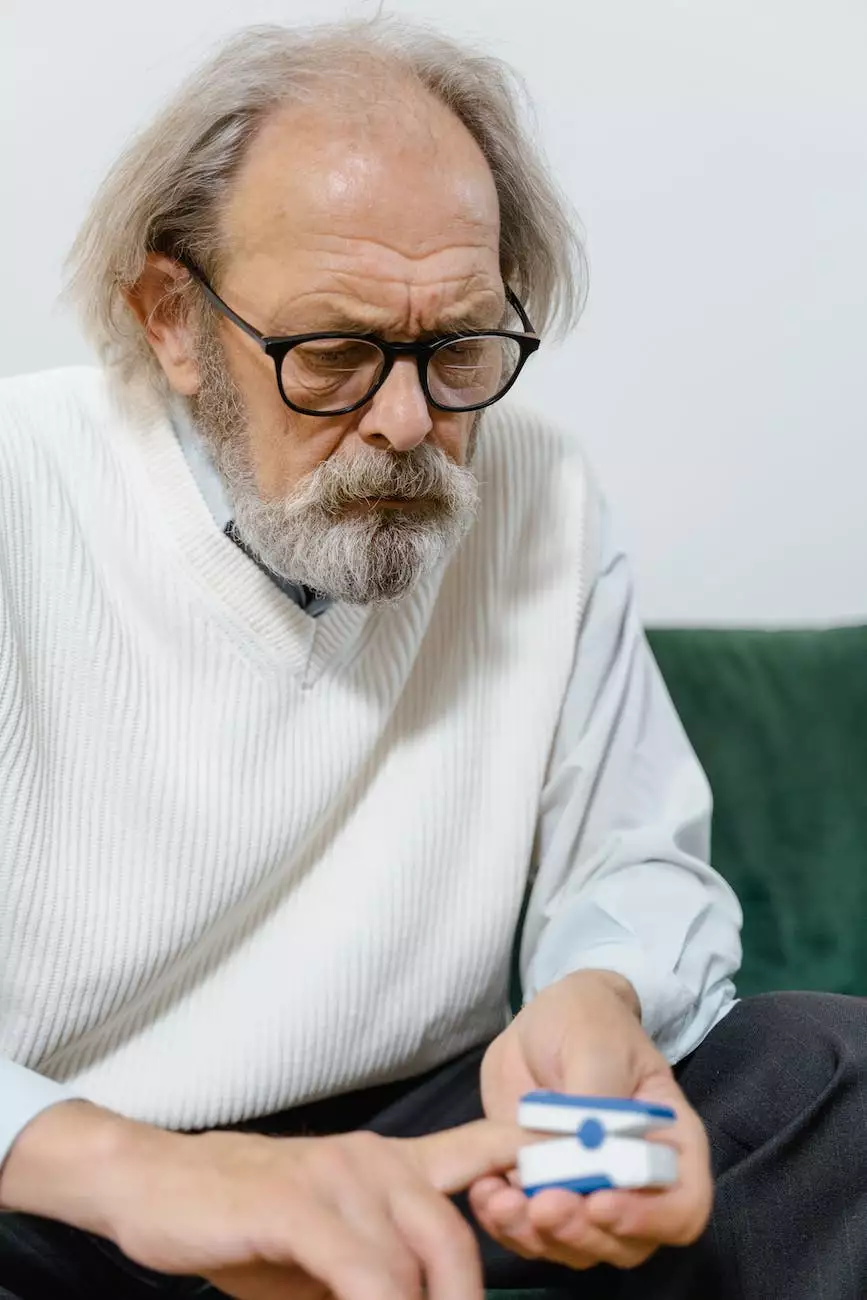Pediatric Trigger Thumb Release
125 Years
Introduction
Welcome to Foley James D MD's website for pediatric trigger thumb release postoperative discharge instructions. We understand that receiving medical care can be overwhelming, especially for your child. That's why we aim to provide you with detailed information and comprehensive guidelines for postoperative care, ensuring the best possible recovery and outcome for your little one.
What is Pediatric Trigger Thumb Release?
Pediatric trigger thumb, also known as stenosing tenosynovitis, is a common condition where the flexor tendon in the thumb becomes thickened, causing difficulty in straightening the thumb. Trigger thumb release is a surgical procedure performed to alleviate this condition in children. This procedure helps restore normal thumb movement, reducing discomfort and improving hand functionality.
Understanding the Procedure
Prior to the pediatric trigger thumb release procedure, your child will be given general anesthesia to ensure they are comfortable and pain-free during the surgery. Our experienced team, led by Dr. Foley James D MD, will make a small incision at the base of the thumb to access the flexor tendon sheath. The sheath will then be opened along its entire length.
Once the sheath is open, Dr. Foley will carefully release any adhesions or constriction points causing the thumb to "catch" or "lock." This will allow the tendon to glide smoothly, restoring normal thumb movement. The incision is then closed with sutures, and a light dressing will be applied to protect the area.
Postoperative Discharge Instructions
Activity and Hand Care
Following the pediatric trigger thumb release, it is important to limit your child's activities to promote healing. Encourage them to rest and avoid using the operated thumb excessively for the first few days. It is normal to experience some discomfort or swelling after the surgery. You can apply a cold compress to reduce swelling, but avoid direct contact with the incision site.
Keep the surgical site clean and dry, and avoid submerging it in water until it is fully healed. Encourage your child to perform gentle finger exercises to maintain flexibility and minimize stiffness, as recommended by Dr. Foley. Follow-up appointments will be scheduled to monitor the healing progress and remove any sutures if necessary.
Pain Management
If your child experiences any pain or discomfort after the pediatric trigger thumb procedure, over-the-counter pain medications such as acetaminophen or ibuprofen can be given as directed by Dr. Foley or a healthcare professional. However, avoid giving aspirin to children under the age of 18 due to the risk of Reye's syndrome.
Diet and Nutrition
A healthy, balanced diet can aid in the recovery process. Ensure your child consumes a nutritious diet that includes plenty of fruits, vegetables, lean proteins, and whole grains. Adequate hydration is also essential for optimal healing.
Follow-up Care
It is important to attend all scheduled follow-up appointments with Dr. Foley to monitor your child's progress and address any concerns or questions you may have. These appointments are crucial for the successful outcome of the procedure.
Conclusion
At Foley James D MD, we understand the importance of providing detailed postoperative discharge instructions for pediatric trigger thumb release. Our goal is to ensure your child's complete recovery and restore their hand functionality. By following our guidelines and seeking timely medical care, you are helping your child enjoy a pain-free and enhanced quality of life. For any additional questions or concerns, do not hesitate to reach out to our dedicated team. Your child's well-being is our top priority.










